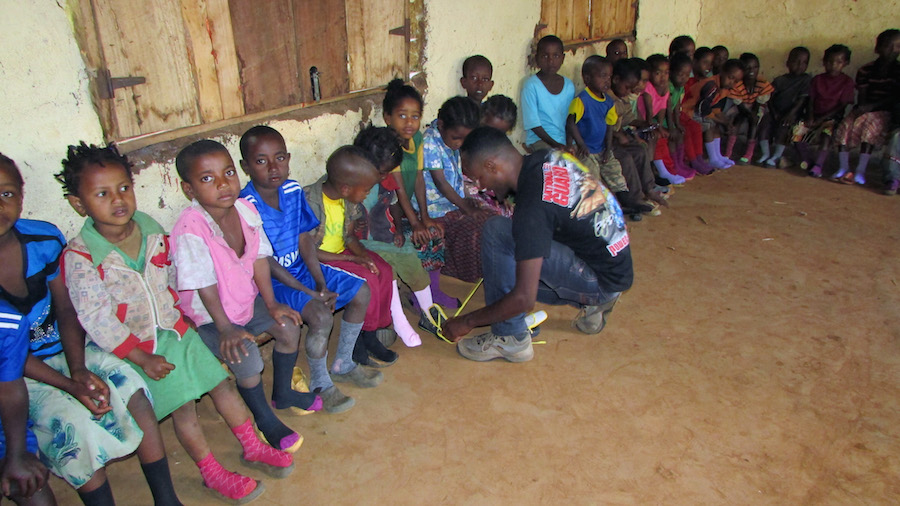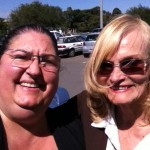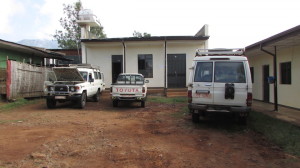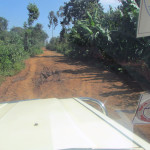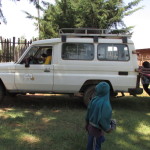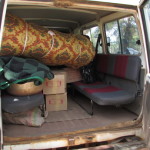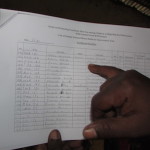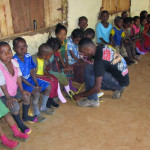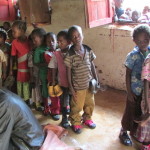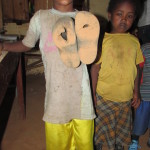Mara Klassen has been volunteering in Mossy Foot Project’s state-side office for some time, and last October, she was able to join Mossy Foot President Sharon Daly Женская туалетная вода kreasyon creation "кофейный поцелуй", 30 мл — цена 219 грн в каталоге Туалетная вода ✓ Купить товары для красоты и здоровья по доступной цене на Шафе , Украина #165719901 for three weeks in Ethiopia to experience first hand the needs of the people.
Now that she’s had some time to process her experience, she is offering some thoughts on her trip and its impact on her life nike air max 1 low just do it 2018 black and white for sale, Dropped Files - Dropped News - Release Dates & Info. This is the first of a two part series. See part two here.
Visiting a Clinic
After hearing so much about the work of Mossy Foot Project in Ethiopia, I was looking forward to seeing the actual headquarters. Some aspects of the operation made an immediately impression such as the shoe making air jordan 4 thunder 2023 area. Not so impressive were the three somewhat aged and tired vehicles parked in the front of the building. That’s because I didn’t understand what it really meant to go out to a clinic to treat patients.
Visiting a clinic sounds so simple! Gather some supplies, get into the vehicle, and drive to the destination. But I discovered that clinic visits are actually an adventure. Most of the clinics are not near a main road. And even though we were not in a rainy season, the dirt roads were often more like trails, with deep ruts and treacherous potholes.
- Deep ruts in the road
- Friends help us start with a push
The vehicle we used was always in danger of blowing a tire, and at one clinic we needed help getting started. And there was never enough room for the people and supplies we needed to take. I was amazed how much we were able to cram in the back.
After this experience, I have a much deeper appreciation for the less glamorous equipment that keeps a ministry going than I did before!
Shoe Distribution at Gilo Clinic
One of the highlights of the trip for me was getting to participate in the distribution of shoes for children at the Mossy Foot Project clinic in Gilo. The clinic itself was very minimally equipped: it had dirt floors shoes that look like jordan 4s, mud walls, and simple wooden benches. But I was very impressed by how well organized the event was. Even with minimal equipment, detailed records are kept of who got shoes and when.
The distribution focuses on the children of mossy foot patients. Clinical evidence has shown a genetic element in vulnerability; children have a much higher probability of contacting mossy foot disease when one or both parents have it. So it is critical that these children understand proper foot care and have access to shoes.
- Children wait for Shoes to be Fitted
- Children Line up to Leave
- This boy needed new shoes!
The children were so patient! They sat quietly waiting their turn and then lined up to leave together. But once outside, they became active kids again, running and jumping and enjoying their new mobility.
Part 2 will feature enjoying Ethiopian food, going to church, and a special meeting.
